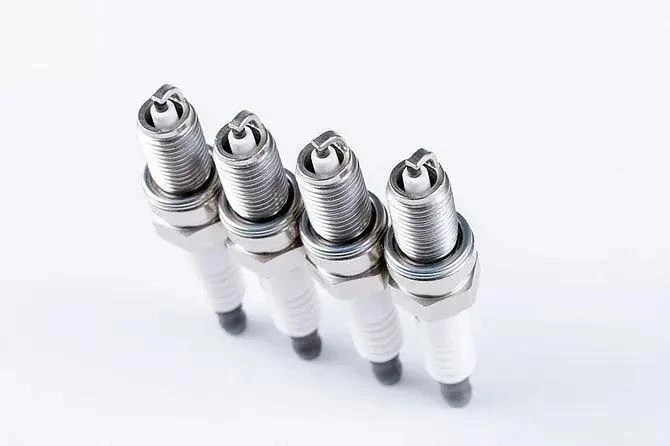10 月 . 07, 2024 09:25 Back to list
wheel hub oil seal
Understanding Wheel Hub Oil Seals Importance and Functionality
Wheel hub oil seals play a crucial role in maintaining the integrity and performance of a vehicle's wheel assembly. These seals are specifically designed to prevent lubricant loss while keeping out dirt, debris, and moisture, thus ensuring that the wheel hub maintains optimal operating conditions. Knowing their importance can help vehicle owners make informed decisions about maintenance and repairs.
What is a Wheel Hub Oil Seal?
A wheel hub oil seal is a circular component made from durable materials such as rubber or synthetic compounds, forming a seal around the wheel hub assembly. Positioned at the interface between rotating and stationary components, it acts as a barrier, effectively sealing the lubrication within the hub while preventing contaminants from entering.
Importance of Wheel Hub Oil Seals
1. Lubrication Retention The primary function of an oil seal is to retain the grease or oil within the wheel hub. Proper lubrication is vital for minimizing friction between the moving parts, which, in turn, reduces wear and tear and prolongs the life of the bearings and other components in the wheel assembly.
2. Protection Against Contaminants Wheel hubs are exposed to various environmental factors, such as water, dirt, and salt. An effective oil seal provides a shield, preventing these contaminants from entering the hub and potentially causing damage or corrosion to the bearings and internal components.
3. Noise Reduction A well-functioning wheel hub oil seal contributes to quieter operation by reducing friction and minimizing movement between components. This not only enhances the driving experience but also signals good maintenance practice.
wheel hub oil seal

4. Heat Resistance Oil seals must withstand considerable heat generated during wheel hub operations. High-quality seals are designed to resist thermal degradation, which ensures a long service life even under demanding conditions.
5. Cost-Efficiency While it may seem minor, a damaged or worn oil seal can lead to significant issues over time. If the lubricant escapes, it can result in bearing failure, ultimately leading to costly repairs. By ensuring that the oil seal remains in good condition, vehicle owners can avoid expensive downtimes and maintain operational efficiency.
Signs of Wear and When to Replace
Vehicle owners should be vigilant for signs indicating that a wheel hub oil seal may be failing. Common symptoms include
- Oil Leaks Visible oil pools or spots near the wheel hub may indicate a compromised seal. - Unusual Noise If you hear grinding or whirring noises from the wheel area, it may suggest insufficient lubrication due to a failing seal. - Reduced Performance Difficulty in steering or increased resistance during driving can also hint at problems with the wheel assembly, possibly stemming from a defective oil seal.
If any of these symptoms are present, it is crucial to have the wheel hub and its oil seals inspected and potentially replaced by a qualified technician to prevent further damage.
Conclusion
In conclusion, wheel hub oil seals are essential components that ensure the efficient operation and longevity of a vehicle's wheel hub assembly. Their ability to retain lubrication while preventing the intrusion of contaminants makes them critical for maintaining performance and safety. Regular inspections and timely replacements can help vehicle owners save money and enjoy a smoother driving experience. Understanding the role and functionality of wheel hub oil seals empowers car owners to prioritize vehicle maintenance effectively.